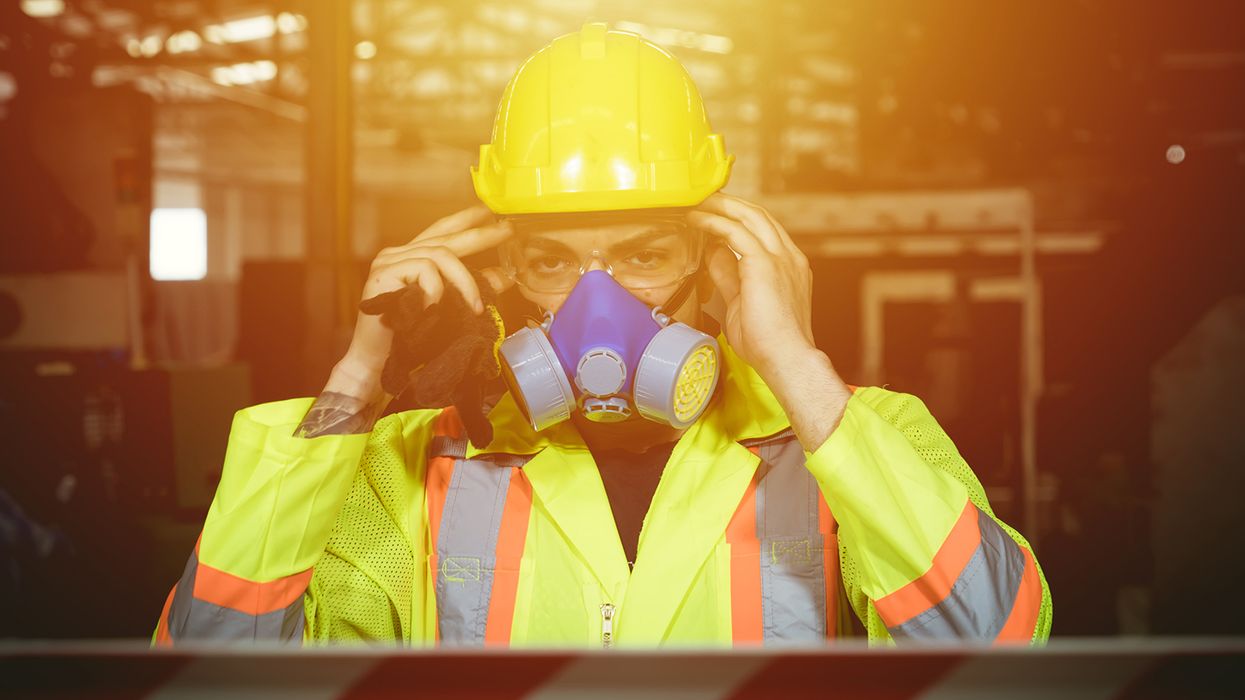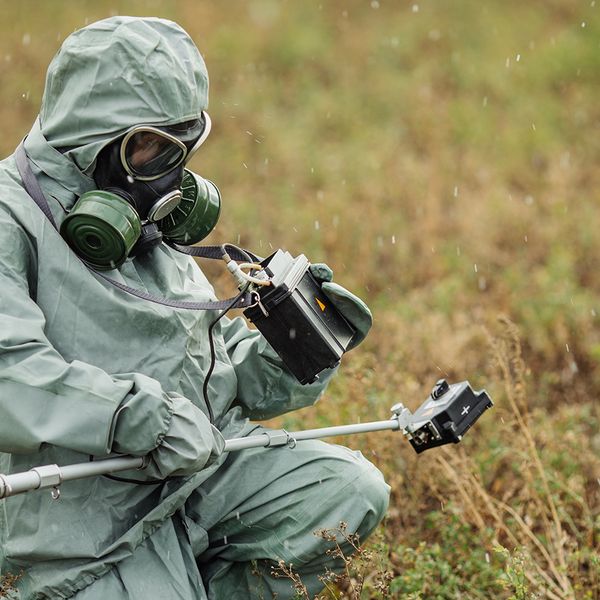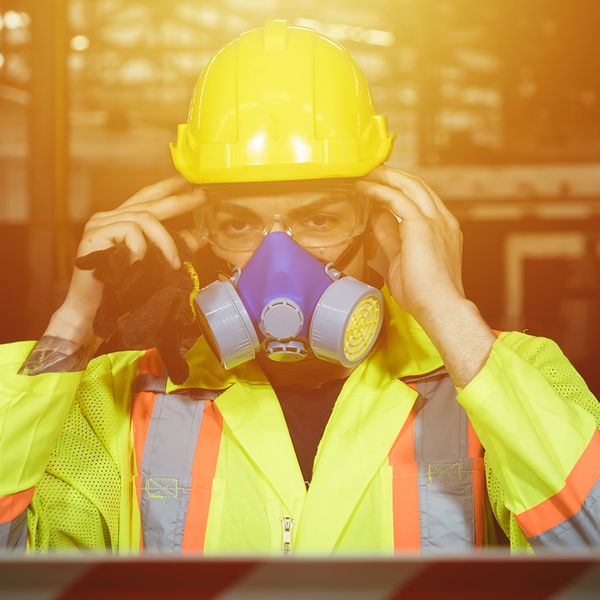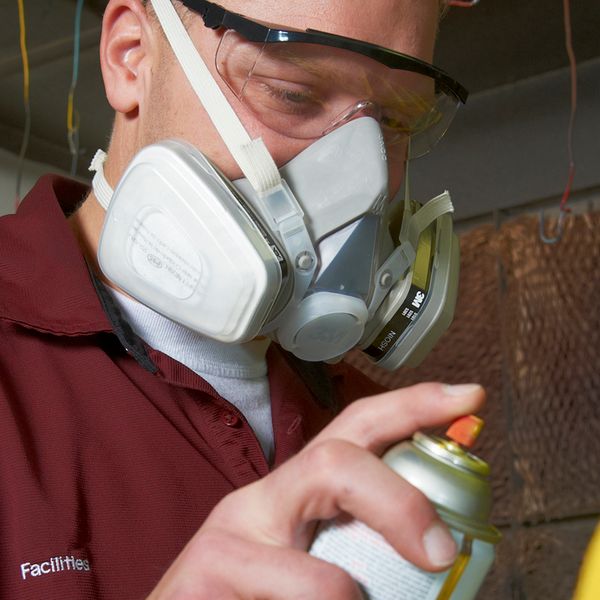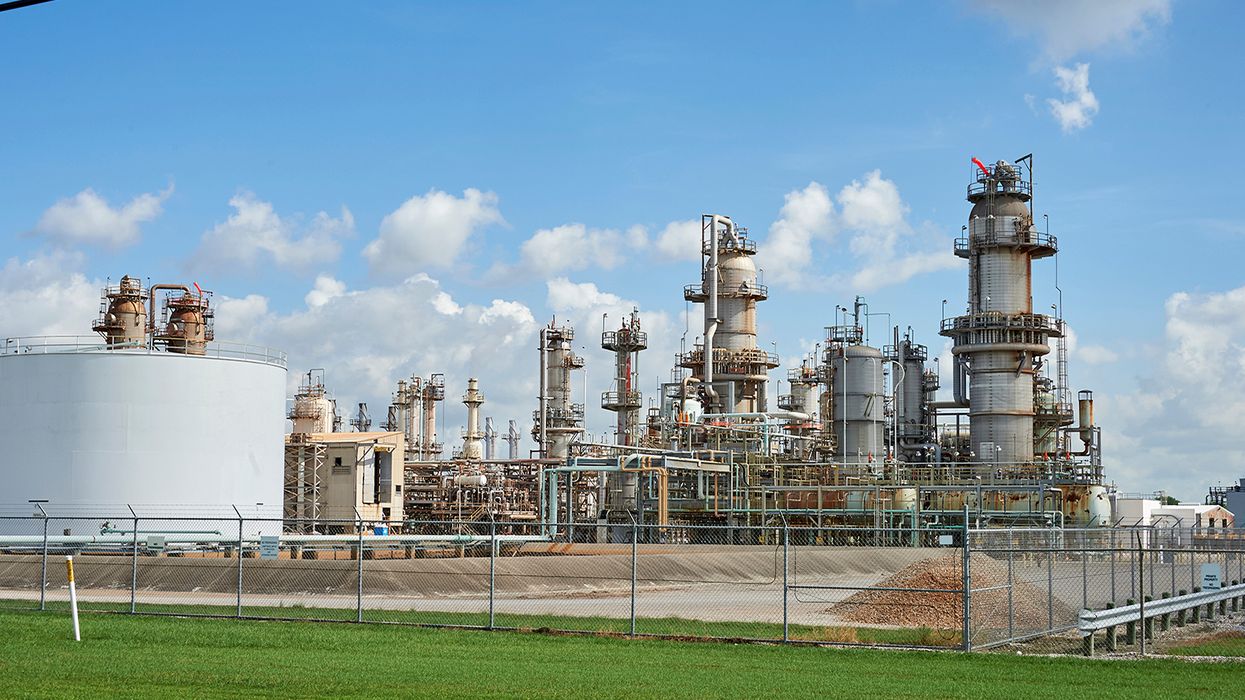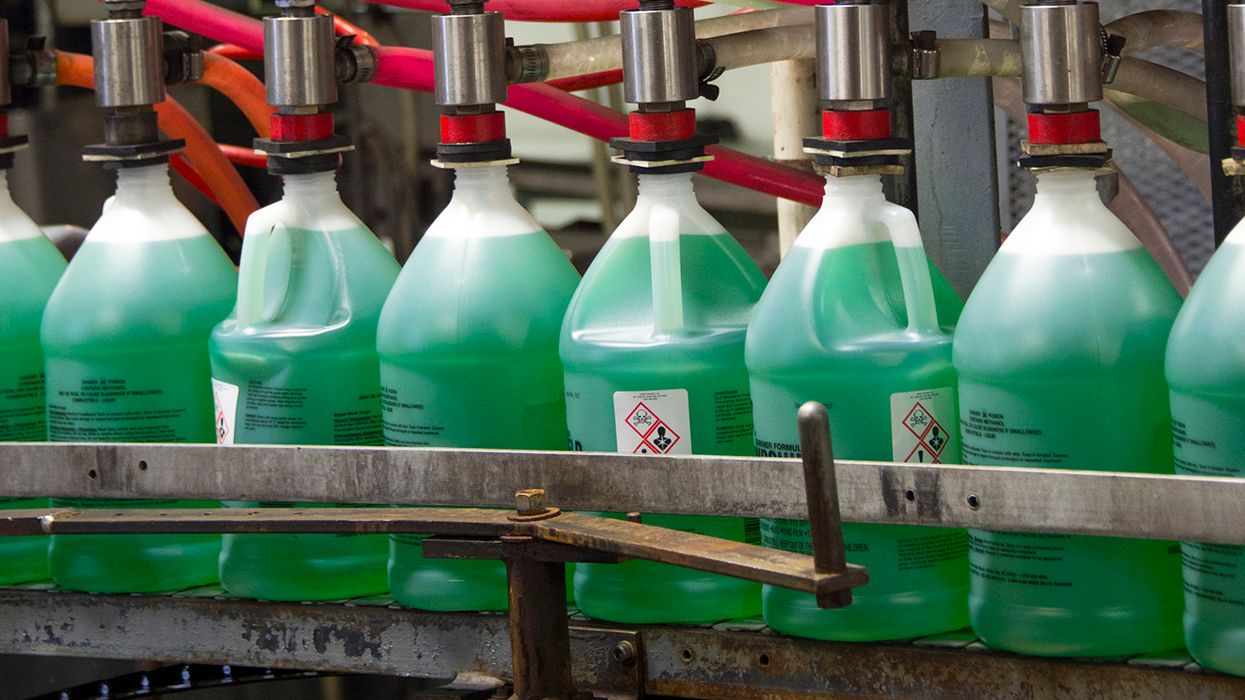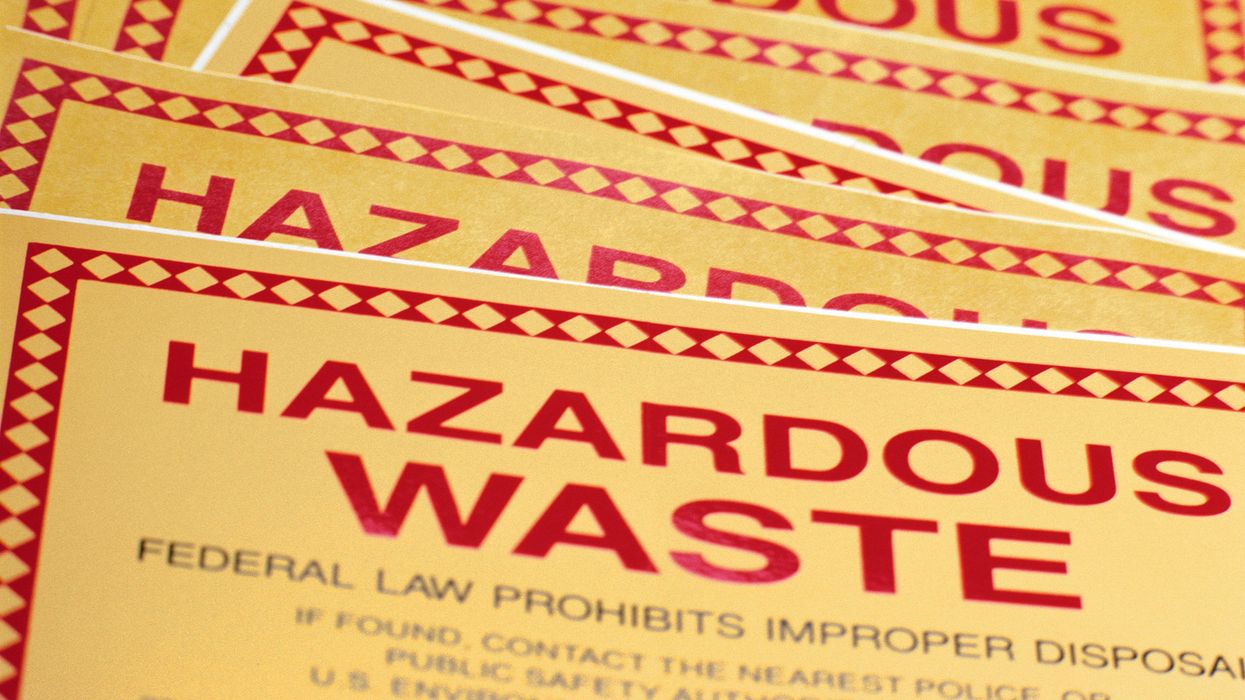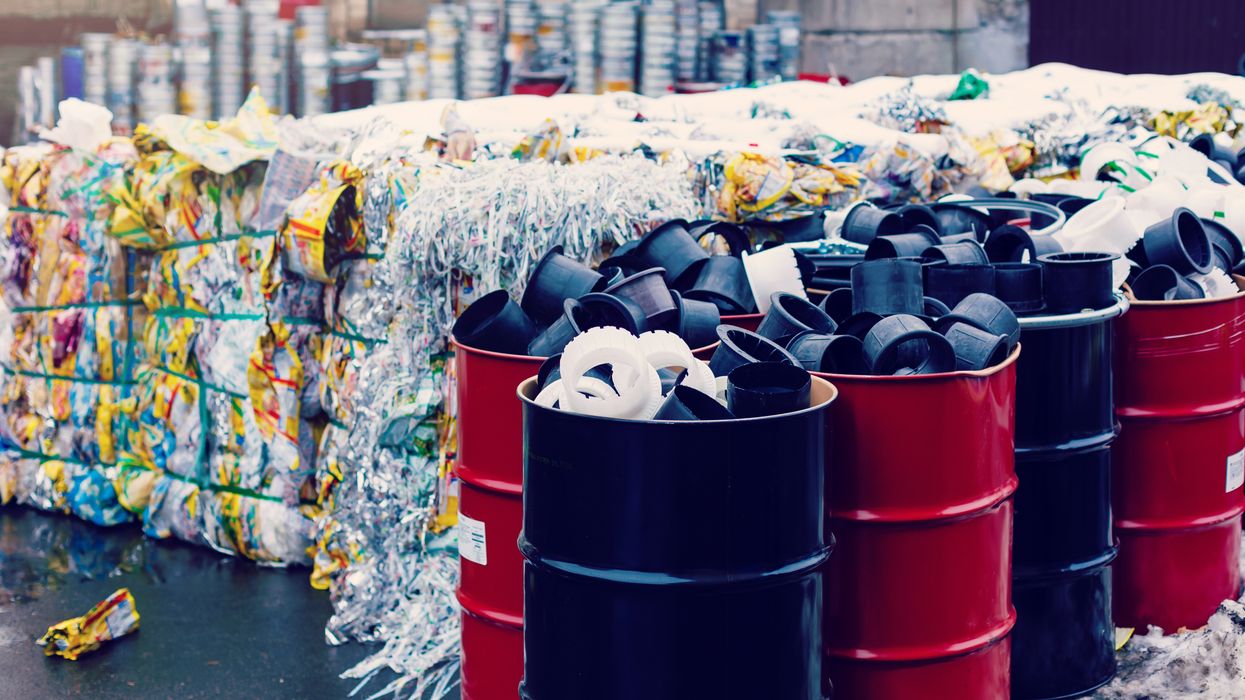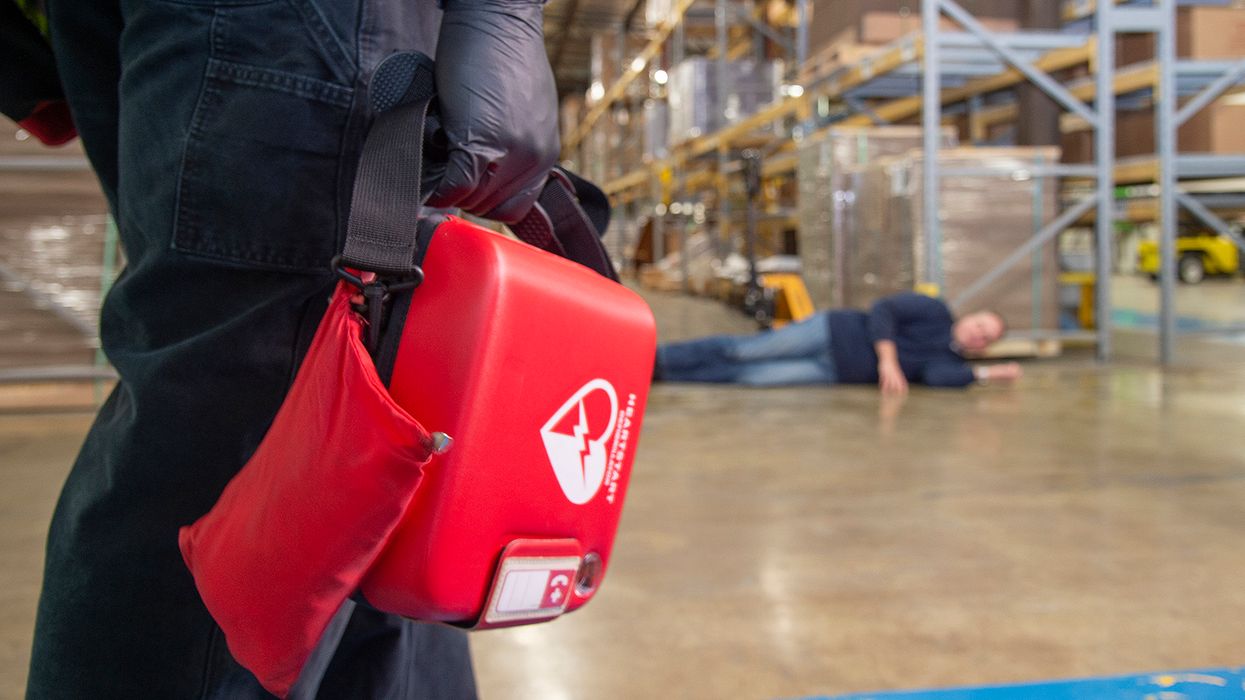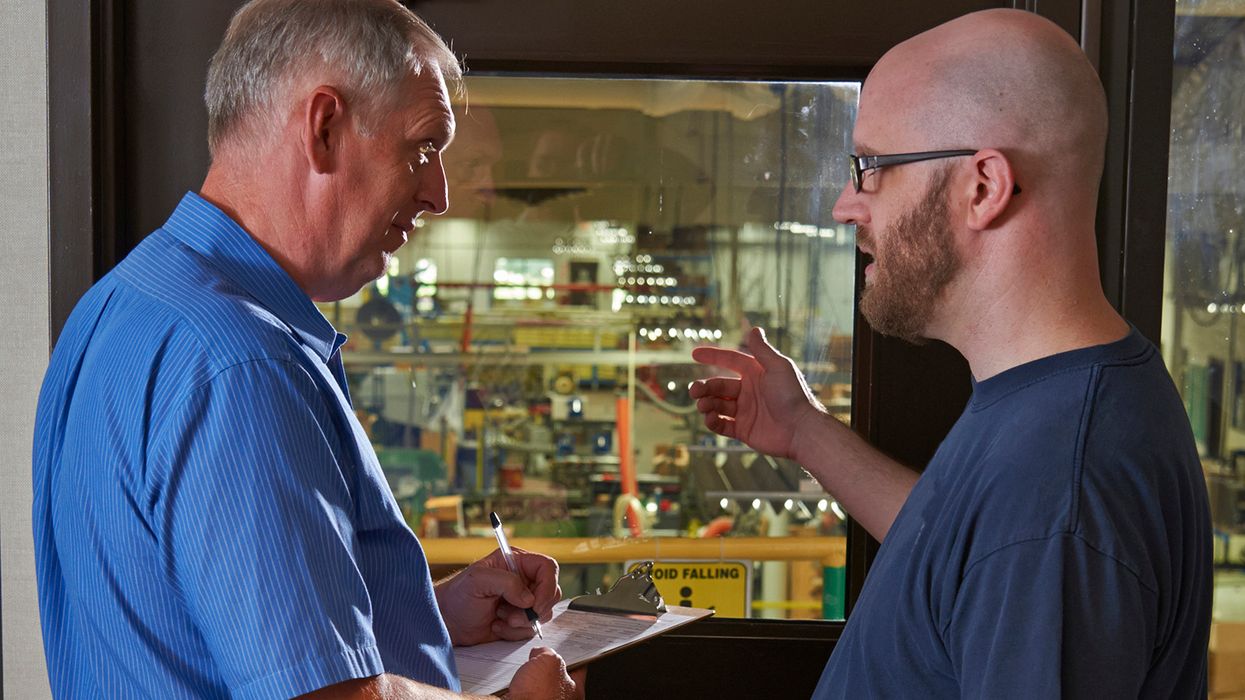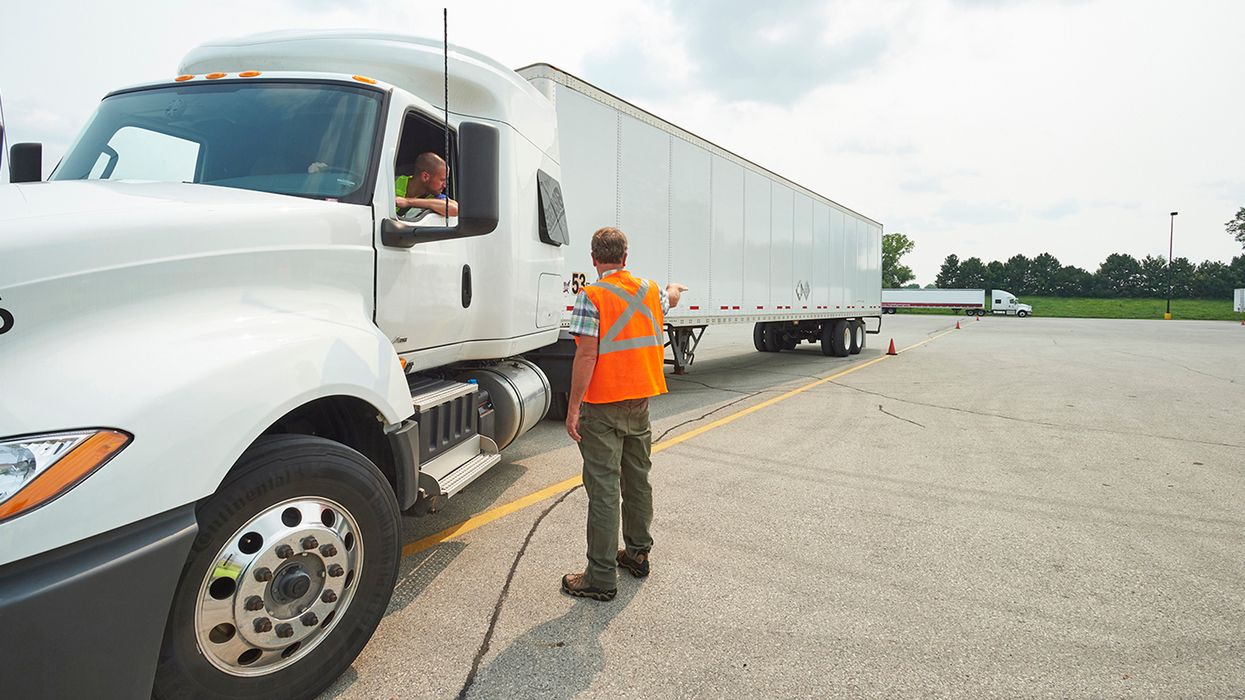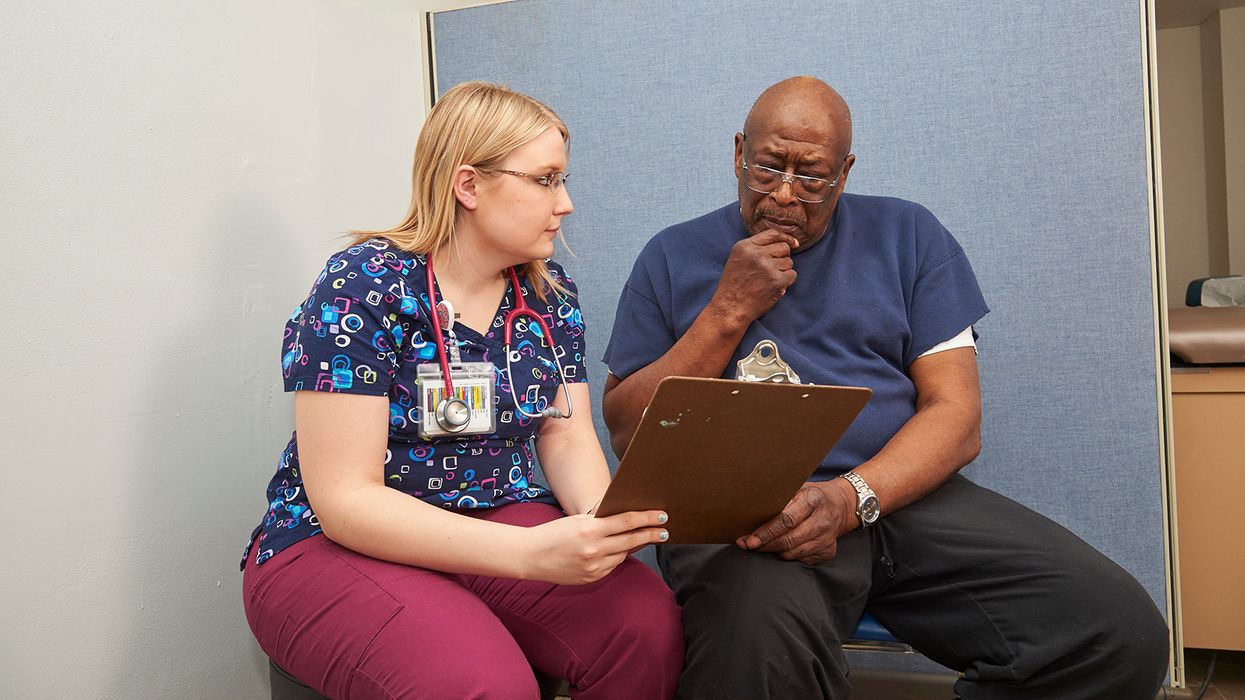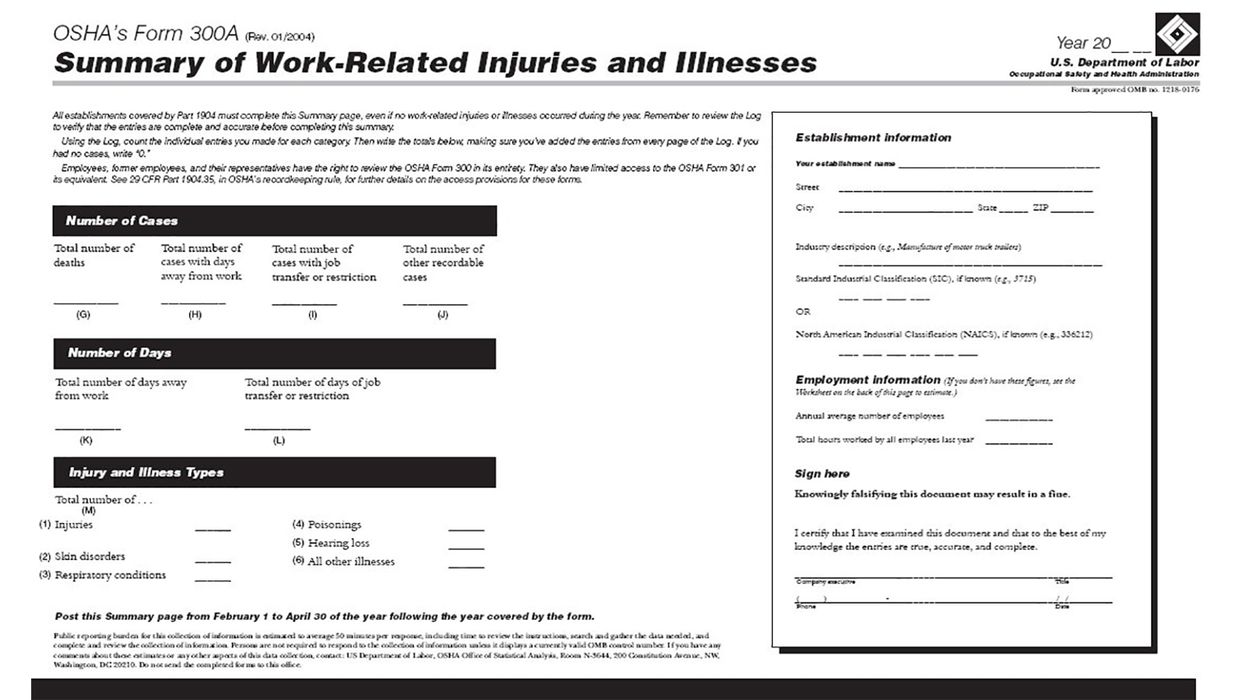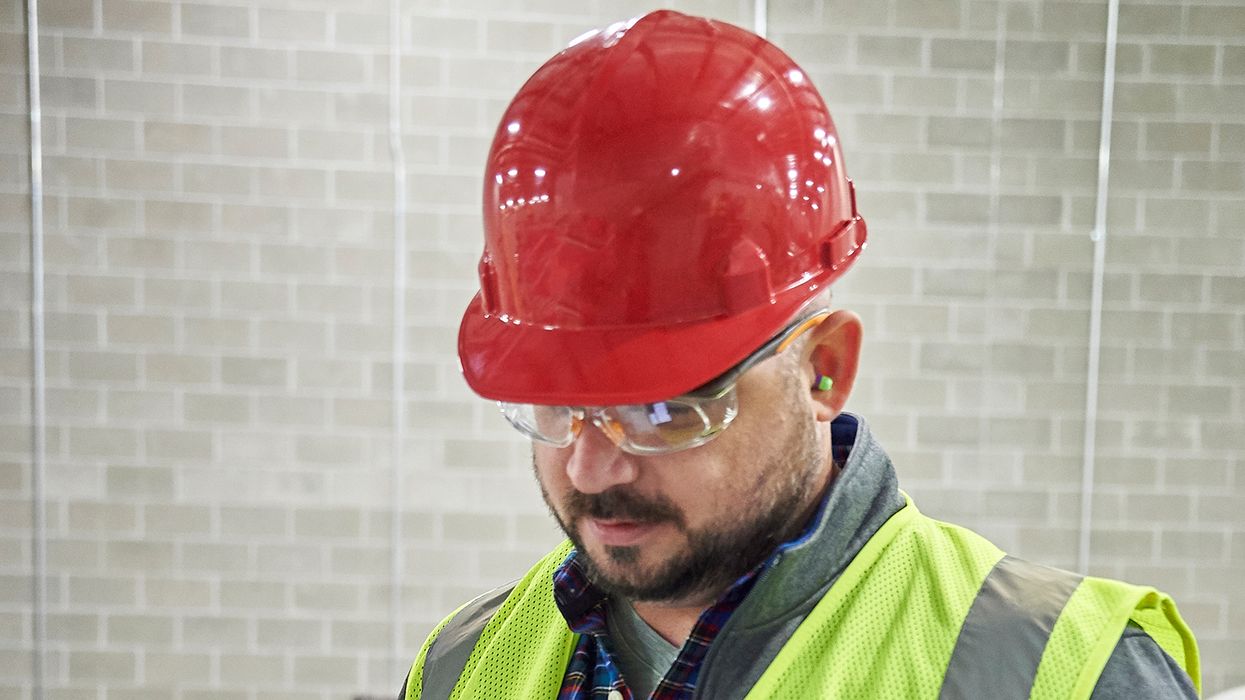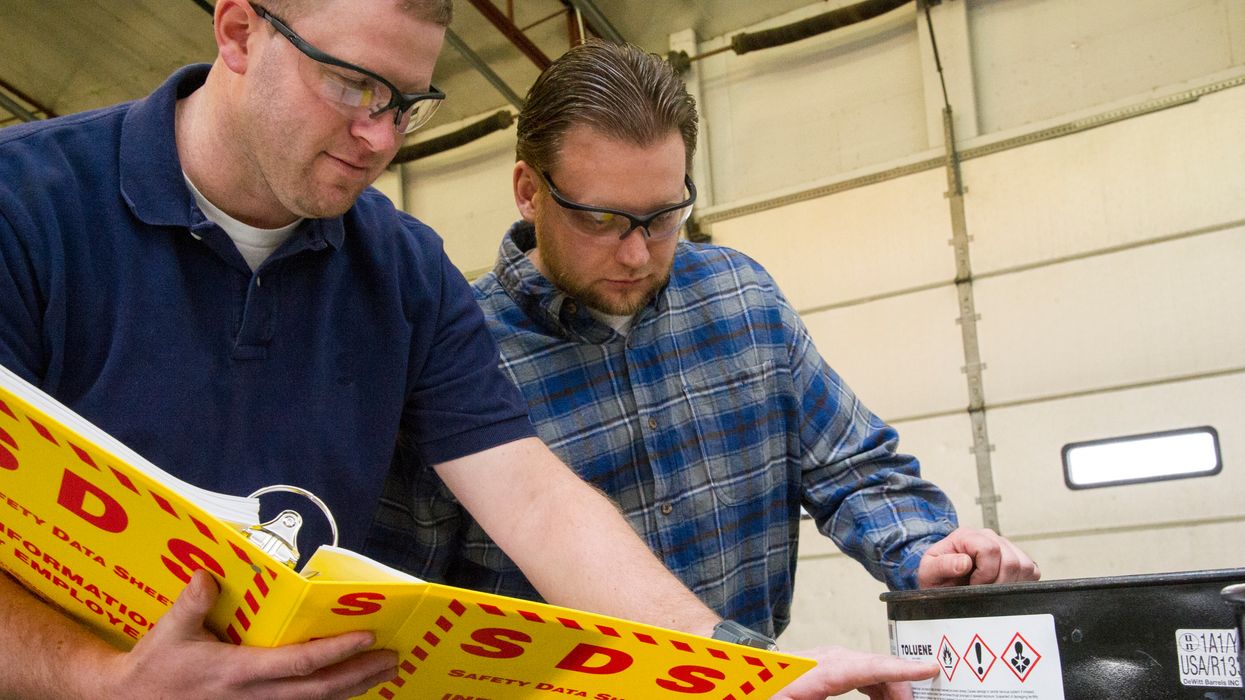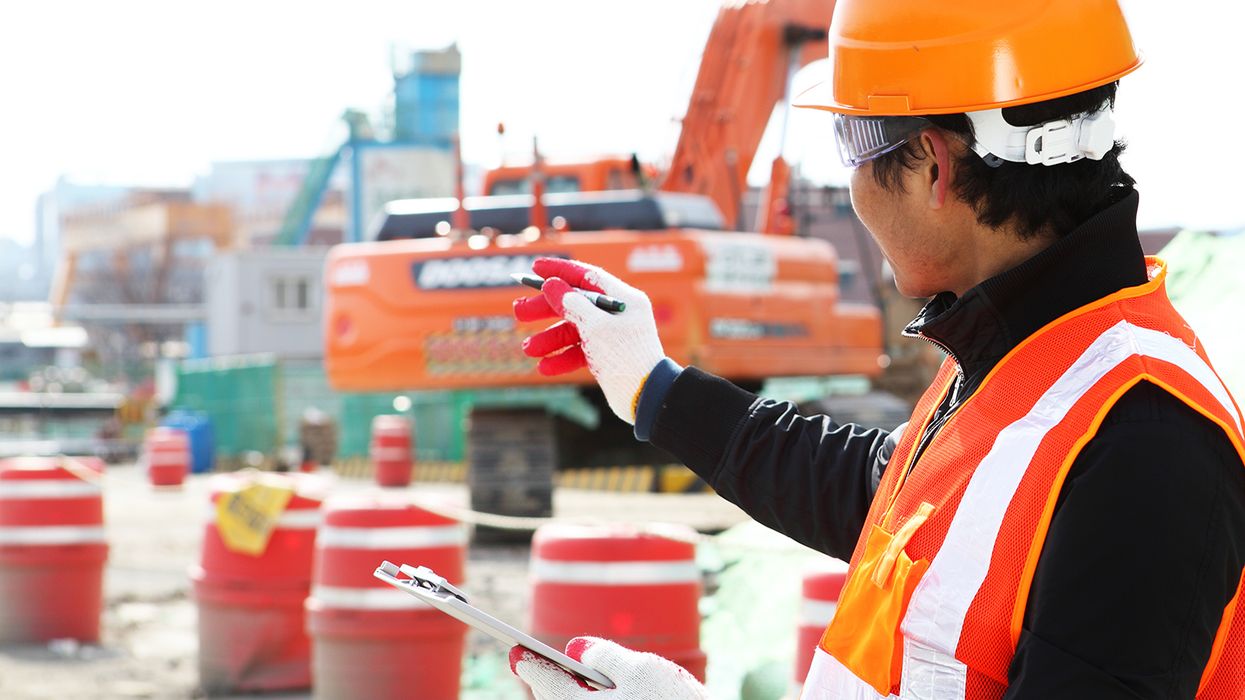Understand whether the respiratory protection standard requires personal air monitoring
The OSHA Respiratory Protection standard at 1910.134 applies to construction industry work. In a May 14, 2012, Letter of Interpretation, an employer asked OSHA whether it would be necessary to conduct air testing to evaluate respiratory hazards from methylene bisphenyl isocyanate (MDI) during the application of the foam per 1910.134(d)(l)(iii) of OSHA’s Respiratory Protection standard. According to the employer, workers were wearing full-face air-purifying respirators.
OSHA’s response was “not necessarily.” The standard at 1910.134(d)(l)(iii) states, “The employer shall identify and evaluate the respiratory hazard(s) in the jobsite; this evaluation shall include a reasonable estimate of worker exposures to respiratory hazard(s) and an identification of the contaminant’s chemical state and physical form.” Although the most reliable and accurate method to determine exposure is to conduct personal air monitoring, the standard doesn’t require it. Instead, jobsites can use other means to estimate jobsite exposures.
According to OSHA, other methods include (but are not limited to) the use of objective data, application of mathematical approaches, and others (more information regarding hazard evaluation is available at CPL 02-00-120, Inspection Procedures for the Respiratory Protection Standard, in paragraph E). Further, OSHA says that when using any of these methods, the data needs to be accurate and representative of conditions at the current worksite, including materials workers are using and all other work activity occurring. In addition, the assessment would also need to consider exposures to any other hazardous chemicals in the foam application process.
The employer, in this case, provided OSHA with a re-occupancy study to illustrate its evaluation of the respiratory hazards in the work area. The study was a proposed method for determining the delay required before safely reoccupying a building following the application of spray-foam insulation. However, OSHA said that the re-occupancy study would not be considered a representative estimate of workers’ exposures to MDI during the application of spray foam insulation. It also didn’t provide any exposure data for workers’ exposure to MDI or other chemicals during the application of spray-foam insulation. Thus, OSHA said that this data would not satisfy the requirement at 1910.134(d)(l)(iii) for the selection of appropriate respiratory protection.
In conclusion, OSHA says that a reasonable estimate of worker exposure would need to include data that closely resembles the work operation and expected chemical exposures. As stated above, the most accurate and reliable data jobsites can obtain are by conducting personal air monitoring of the actual operation.

